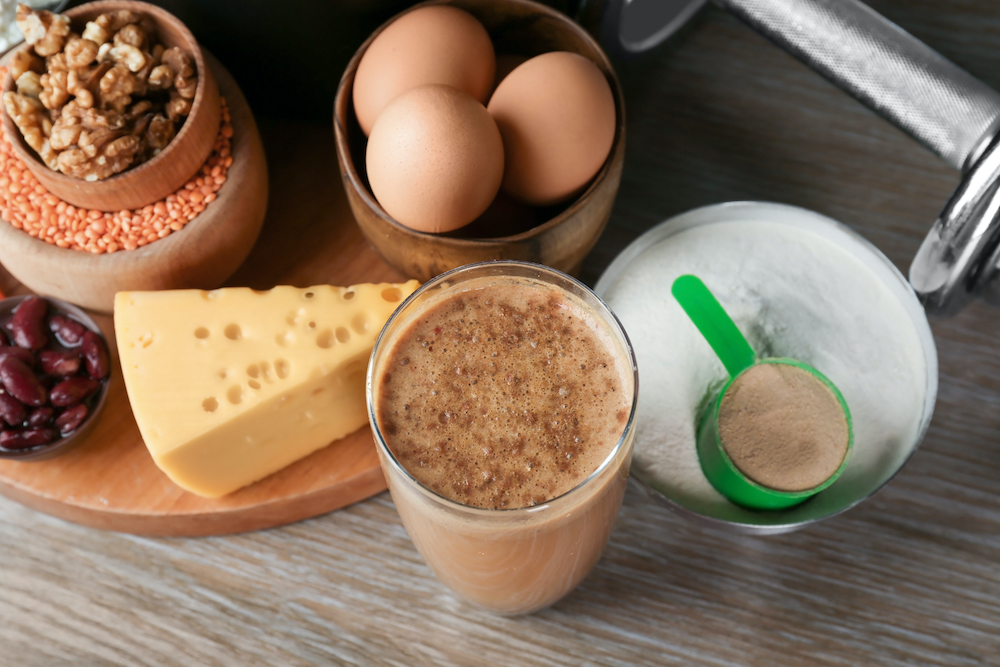ENHANCING THE NUTRITION OF FOODS
The popularity of health and fitness has risen dramatically and the use of supplements has followed. This has led to a number of interesting, innovative and different ways to transform foods into healthy foods. This may be through increasing the protein content, adding an active ingredient, increasing nutrient density etc. Whey protein is one of the most popular supplement around, it’s no surprise that this has been incorporated into a number of these recipes. However, adding whey protein to hot meals and cooking can result in the protein denaturing. The heating stability of whey and amount of protein the body can utilise will guide you how to best add a boost of protein to your meals.
WHEY PROTEIN IS ONE OF THE BEST SOURCES OF PROTEIN
Whey protein is one of the best sources of protein due to its fast digestibility and low amount of carbohydrate. However, the properties of whey protein make it one of the most sensitive sources of protein to heat.
HEATING WHEY PROTEIN CAUSES IT TO DENATURE
Heating whey protein causes it to denature as a result of the protein structures unfolding followed by aggregation. This results in a number of protein-protein interactions which change the overall structure. Some of these changes are reversible (covalent) whereas other interactions are not reversible (non-covalent). Therefore heating whey protein can change its structure and characteristics permanently (denatured). These changes can affect the way protein behaves in solutions of altering pH (a consideration with flavoured beverages, or with citric acid). The denaturing process can alter the viscosity of whey protein, causing your recipe to become thicker.
The protein interactions can also change and break the bonds between protein portions of whey protein, such as the bond between two molecules of Beta-Lactoglobulin. This will ultimately change the whole structure of the protein and the protein will become denatured. As some portions of the whey protein become denatured and altered. The amount of protein that is readily usable by the body decreases, resulting in a recipe or drink that is lower in protein than initially thought.
DENATURING BEGINS TO OCCUR AT 70˚C
Denaturing begins at 70˚C within whey protein concentrate and the extent to which it denatures increases with time and temperature. Further to the denaturing of protein, damaging effects on amino acids are found at higher temperatures of 80 – 140˚C. This would be the typical temperature of boiling water, or cooking temperatures for your high protein foods and drinks.
Due to this, we have made a point of making a heat stable whey protein available to our customers and only using this heat stable source of whey protein within our formulas and recipes that require heating such as Complete Protein Porridge™. We also have this source of protein available as an individual ingredient, Hydrolysed Whey Protein Isolate, so that customers who want to make their own foods and protein recipes can still do so as they please.
References
deWit et al, 1983, Effects of various heat treatments on structure and solubility of whey proteins, Journal of Dairy Science, 67 (11) p2701-2710
Parris et al, 1991, Thermal Denaturation of Whey Proteins in Skim Milk, Journal of Agricultural and Food Chemistry, 39 (12) p2167-2170





